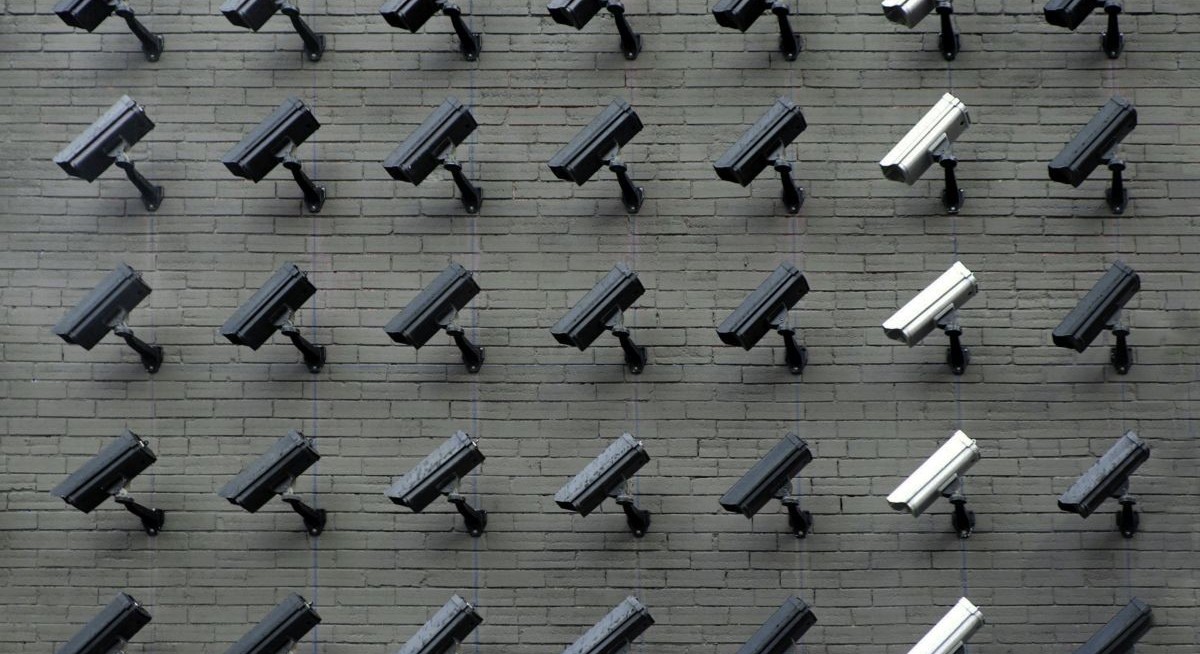Security in the age of visibility
Traditionally, video surveillance served a reactive role, and footage was reviewed after an incident had occurred. But the world has changed and so have the challenges we face. Today, the role of video surveillance is no longer only passive observation but also proactive intelligence. This evolution is driven by three powerful enablers: artificial intelligence (AI), data analytics and open-platform video management systems.
These systems not only record what’s happening; they can also make sense of it simultaneously, in real time. Unattended bags trigger automatic alerts. Abnormal crowd movements are flagged as potential risks. Suspicious behaviours, vehicle paths or even facial verification are integrated into a central Video Management system, allowing for swift and coordinated response across multiple agencies.
This is crucial during events like SG60, when the very success of the celebration depends on ensuring the safety of tens of thousands of citizens, VIP and tourists congregating in one location.
See also: Why contract clarity matters for Singapore’s construction competitiveness
The importance of real-time decision-making
Large public events are inherently unpredictable. Crowds are dynamic, entry points can become congested and a minor disturbance can escalate rapidly. In such environments, having a unified, real-time view of the situation is essential.
Modern video surveillance systems with integrated AI capabilities allow emergency services and law enforcement to monitor multiple feeds simultaneously. They can track patterns and spot anomalies far more efficiently than human operators can. Instead of being overwhelmed by a flurry of camera feeds, officers are presented with prioritised alerts that demand attention enabling faster, more effective decision-making.
See also: Social media is broken
More importantly, these platforms are designed to be interoperable across agencies. Police, civil defence, transportation authorities and event security teams can all share a common operational picture. That level of integration significantly reduces response times and improves the chances of neutralising threats before they impact public safety.
From surveillance to situational awareness
Surveillance, in its traditional form, often evoked images of the “Big Brother” and raised concerns around privacy and overreach. But today’s smart surveillance systems are fundamentally about situational awareness, understanding what’s happening, where and why. In Singapore’s context, where safety and security are paramount, yet civil liberties are respected, this shift towards intelligent monitoring is a careful balancing act. Technology vendors and government agencies are increasingly focused on deploying ethical AI, ensuring data security and maintaining transparency in how surveillance tools are used.
Preventing, not just reacting
The key benefit of modern video surveillance is its potential to prevent incidents before they occur. For example, during events like SG60, AI-powered video systems detect if a drone has entered a restricted airspace. They can identify if a crowd is beginning to swell dangerously in one area and recommend pre-emptive crowd control measures. They can even track individuals who may be exhibiting erratic or dangerous behaviour across multiple locations.
This proactive capability is particularly important when the cost of failure is high. A single overlooked threat can overshadow the entire celebration. But with the right tools in place, security agencies can maintain both safety and public confidence, allowing citizens to celebrate with peace of mind.
Festive, but vigilant
To stay ahead of the latest tech trends, click here for DigitalEdge Section
Singapore is renowned for its emphasis on order, safety and efficiency, and these qualities were on full display during SG60. But these are not static achievements; they are also outcomes of continual investment in innovation, especially in the public safety domain. Video surveillance, powered by AI and data integration, is fast becoming one of the most important tools in the national security playbook. It enables vigilance without creating a sense of intrusion, and it empowers agencies to do more with fewer resources.
A celebration of safety and progress
SG60 marked six decades of nationhood with colour, pride and unity. But it also showed that Singapore remains at the forefront of embracing innovation to meet new challenges. The successful deployment of advanced video surveillance and AI-driven public safety measures was a quiet but crucial triumph ensuring that while all eyes were on the sky, there were vigilant eyes on the ground.
In an age of heightened risk and rising expectations for safety, Singapore’s embrace of intelligent video surveillance is a timely, strategic move. It reinforces the idea that true freedom and festivity can only thrive in an environment of preparedness, vigilance and trust.
Kiean Khoo is the Asia business head at Milestone Systems




